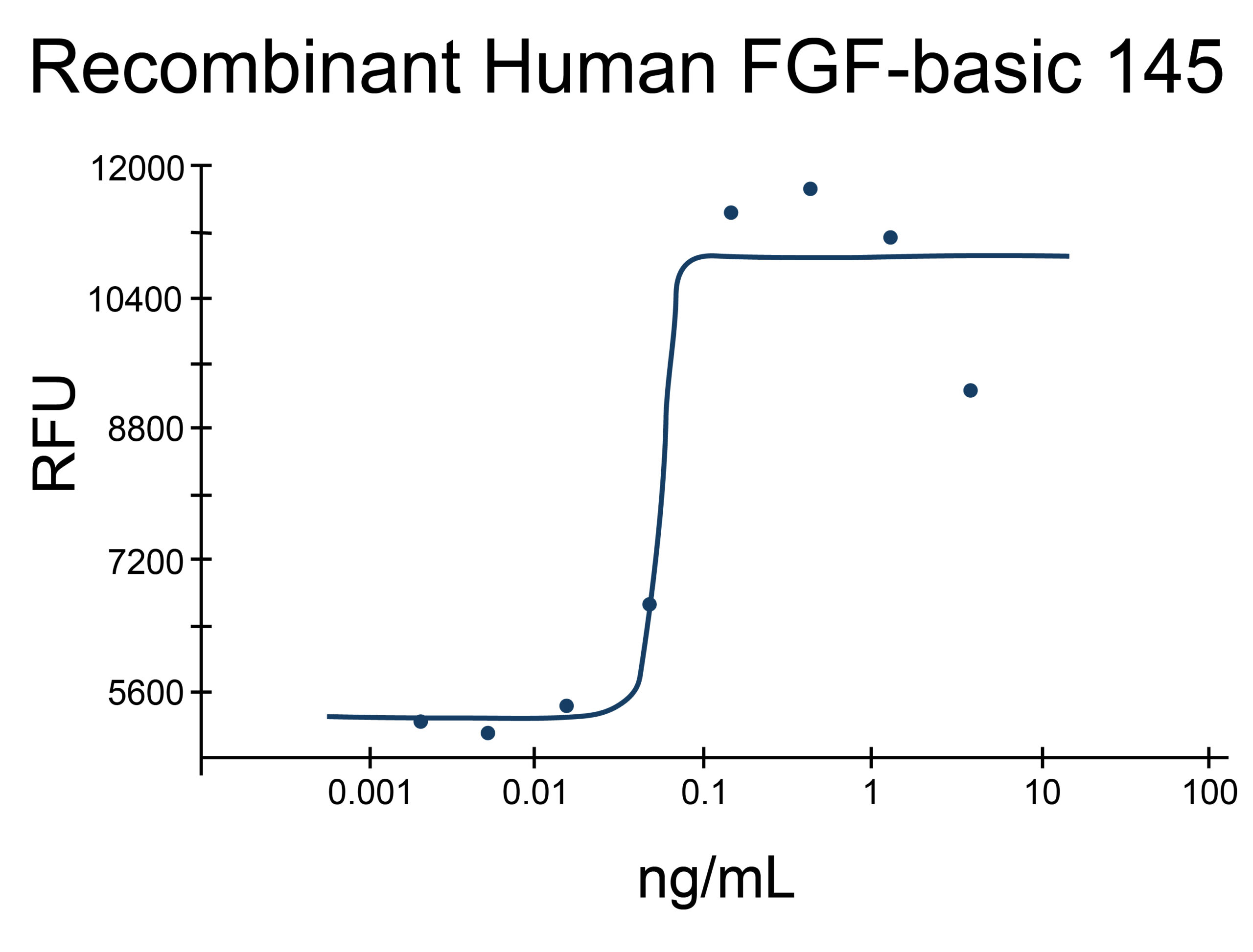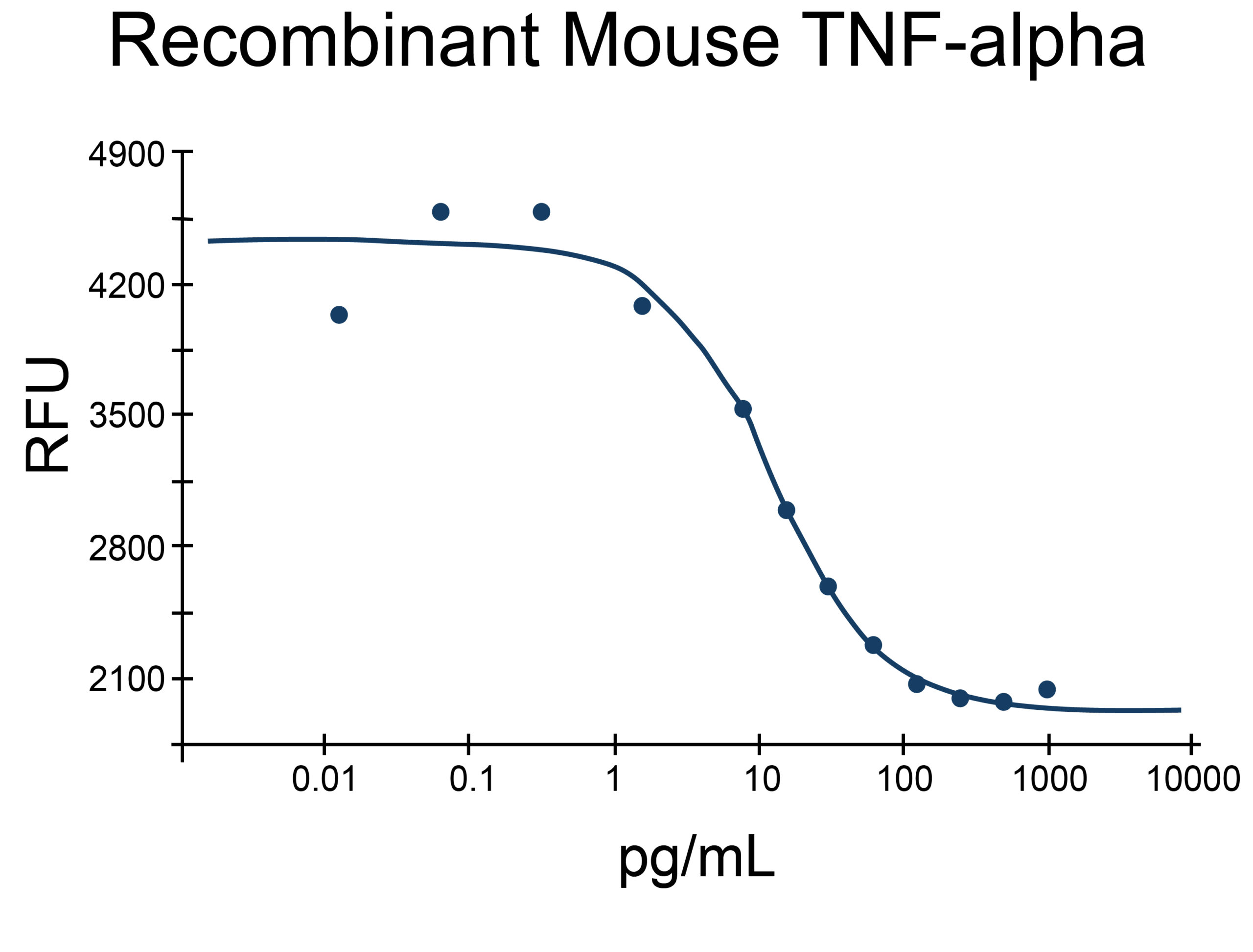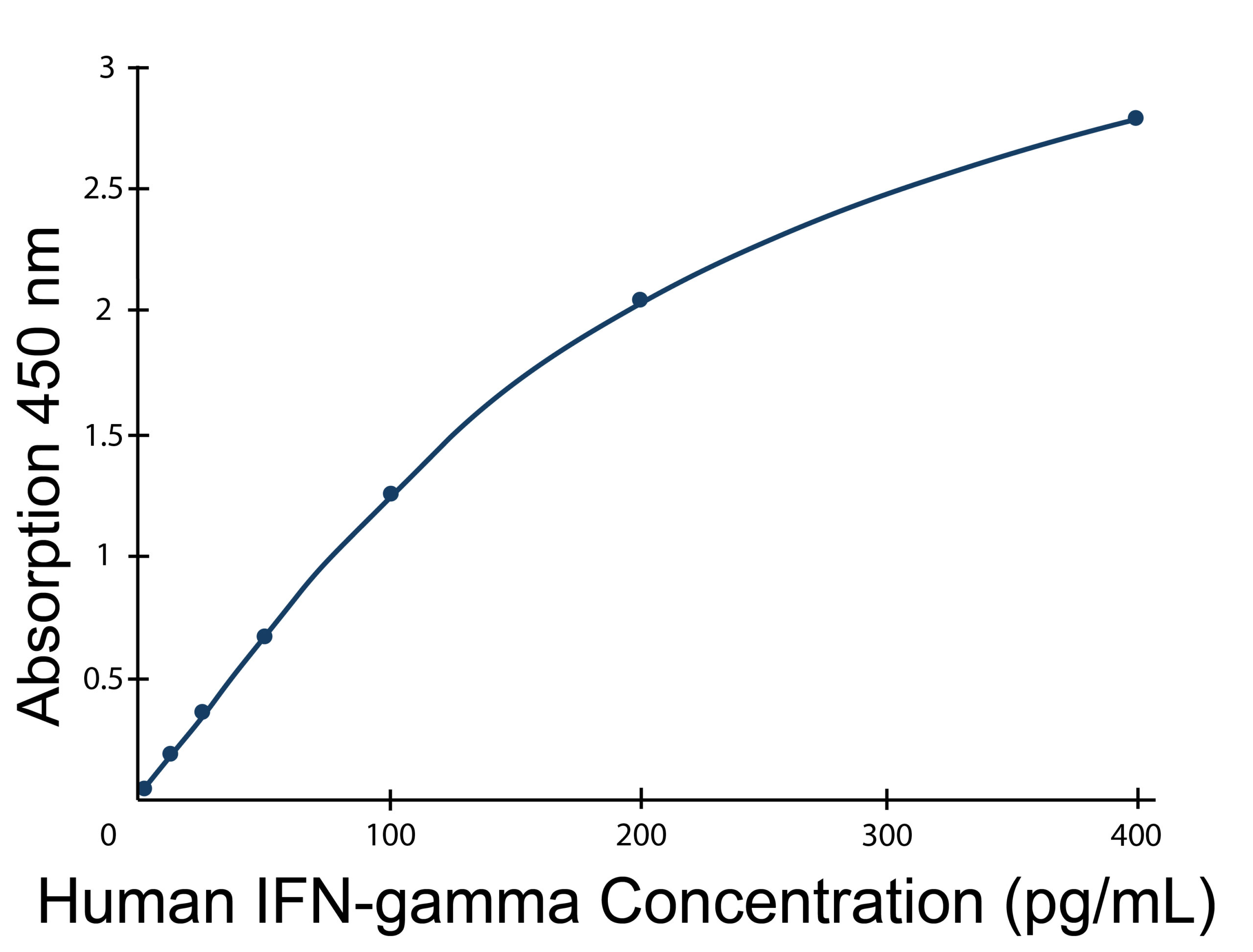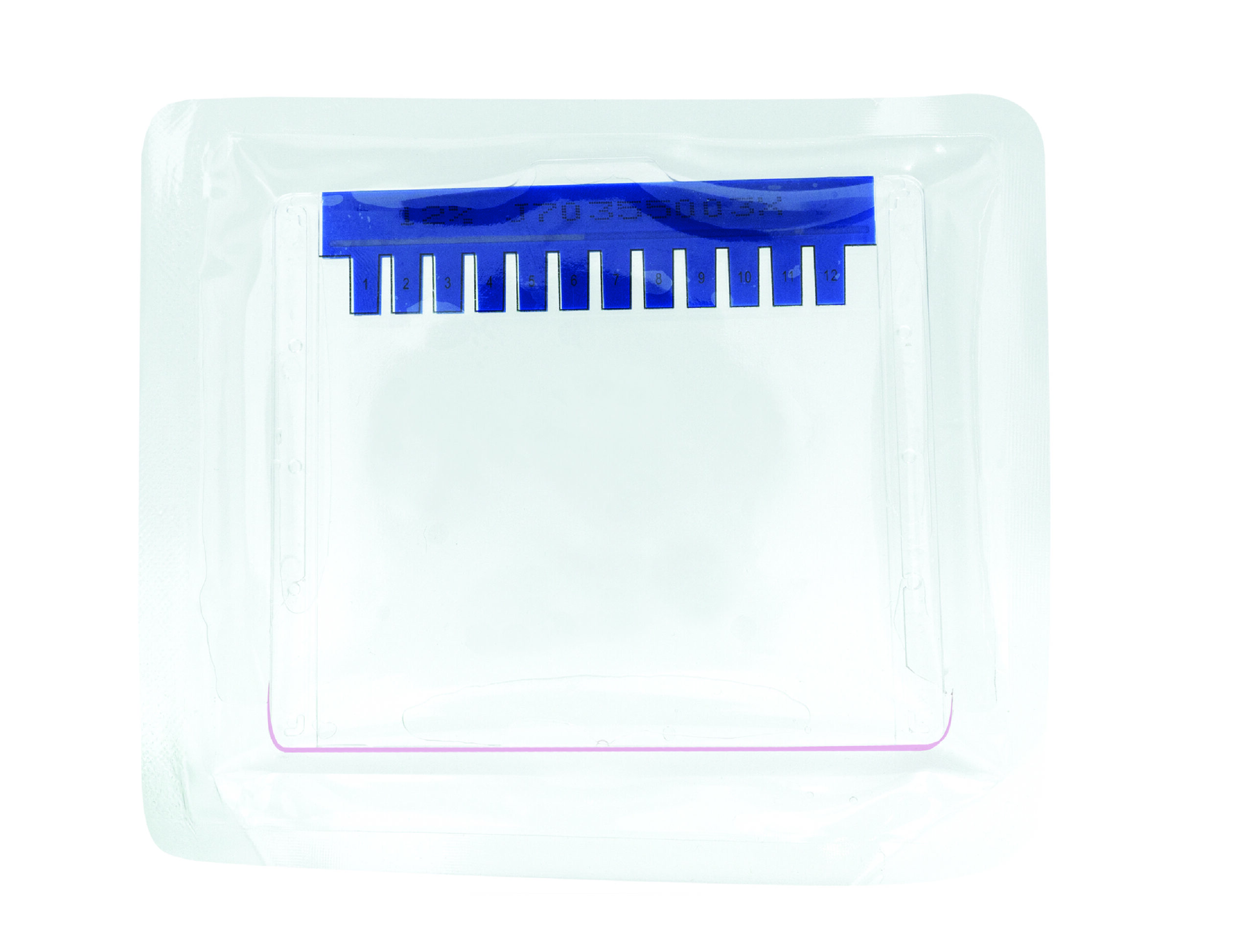In-stock products will arrive in 1 to 2 business days
Key Features
✓ Endotoxin Level: Determined by LAL method
✓ Purity: Determined by SDS-PAGE and quantitative densitometry by Coomassie® Blue staining
✓ Biological Activity: Yes
✓ Expression System: Mammalian cell line
Need Help Ordering?
Product Details
Storage & Preparation
Data Images
Background
Product Documents
Product Details
| Biological Activity | Determined by in-house activity assay |
| Purity | Determined by SDS-PAGE and quantitative densitometry by Coomassie® Blue staining |
| Endotoxin | Determined by LAL method |
| Expression System | Mammalian cell line. |
| Accession Number | Q53CX5 |
| Sequence | Ser293-Arg408 SPKHHSQRAR KKNKNCRRHS LYVDFSDVGW NDWIVAPPGY QAFYCHGDCP FPLADHLNST NHAIVQTLVN SVNSSIPKAC CVPTELSAIS MLYLDEYDKV VLKNYQEMVV EGCGCR |
| Molecular Weight | 13 kDa (monomer, predicted) |
| Formulation | Lyophilized from sterile PBS with Trehalose, pH 7.4 |
Storage & Preparation
| Shipping | Shipped at ambient temperature. |
| Stability & Storage |
|
| Reconstitution | Reconstitute at 100 ug/mL in sterile PBS. |
Data Images
Background
| Alternative Names | Bone Morphogenetic Protein 4, Bone Morphogenetic Protein 2B, BMP4, BMP2B, BMP2B1, MCOPS6, OFC11, ZYME, DVR4, ZBMP4 |
| Function | Bone Morphogenetic Protein 4 (BMP-4) plays roles across bone formation, embryonic development, organogenesis, cell differentiation and tissue repair. BMP-4 promotes the differentiation of mesenchymal stem cells into osteoblasts, as well as differentiation of neuronal precursors, cardiac progenitors, kidney progenitors, keratinocyte differentiation, odontoblast differentiation, adipocyte differentiation, and regulation of ovarian follicle development. Within the ectoderm and mesoderm, BMP-4 contributes to dorsal-ventral patterning of the developing neural tube, as well as additional patterning leading to development of lung, bone, kidney, eye, heart, muscle and limbs. In response to tissue damage, BMP-4 promotes migration of keratinocytes and angiogenesis. BMP-4 signaling occurs via binding to BMPR1A (CD292) and BMPR2, at which point BMPR2 transphosphorylates BMPR1A to induce the Smad signaling pathway. |
| Tissue Specificity | BMP-4 expression has been identified in ectoderm, mesoderm, endoderm, developing skeletal tissues such as cartilage and bone, the developing central nervous system, including the neural tube and the brain, heart, kidney, lung, skin, ovaries, testes, and tooth bud. |
| Cellular Localization | Secreted protein |
| Involvement in Disease | Dysregulation of BMP-4 is associated with osteoporosis, skeletal dysplasias, craniofacial abnormalities such as cleft lip and palate, pulmonary arterial hypertension, atherosclerosis, cardiac fibrosis, Alzheimer’s disease, Parkinson’s disease, insulin resistance, obesity, metabolic syndrome, polycystic kidney disease, renal fibrosis, diabetic nephropathy, rheumatoid arthritis, osteoarthritis, and various cancers due to BMP-4 enhanced cell proliferation, apoptosis, invasion, and metastasis of cancer cells. |
| UniProt | P12644 |
| Gene Symbol | BMP4 |
| Entrez Gene ID | 652 |
Product Documents
You may also be interested in related products:
Reviews (no reviews yet)
Only logged in customers who have purchased this product may leave a review.









Reviews
There are no reviews yet.